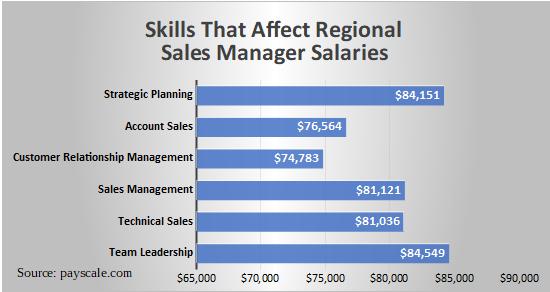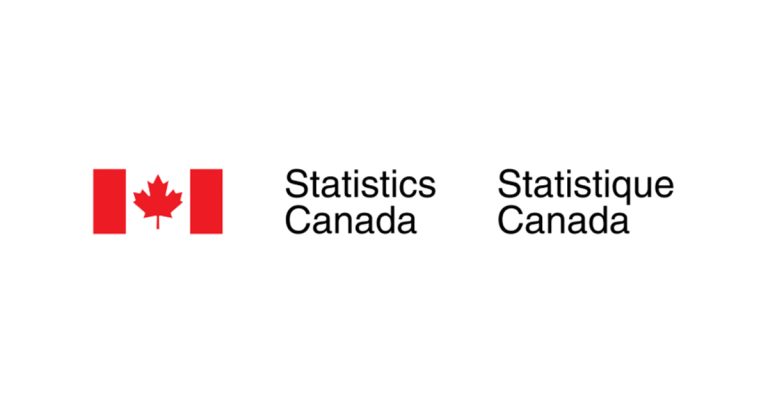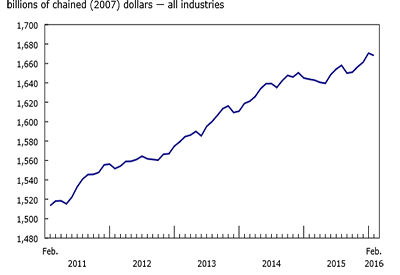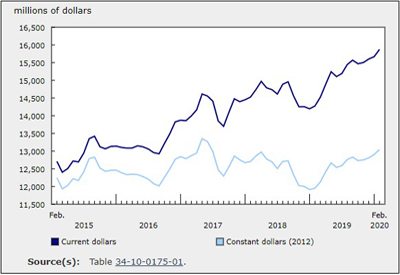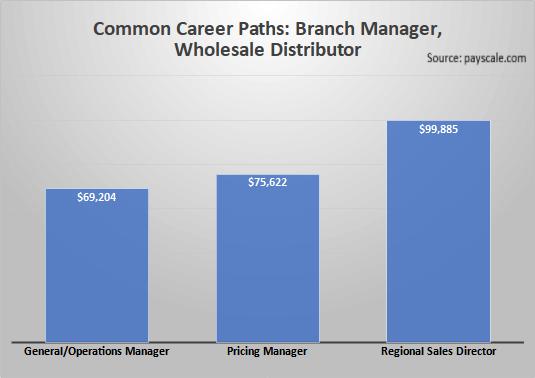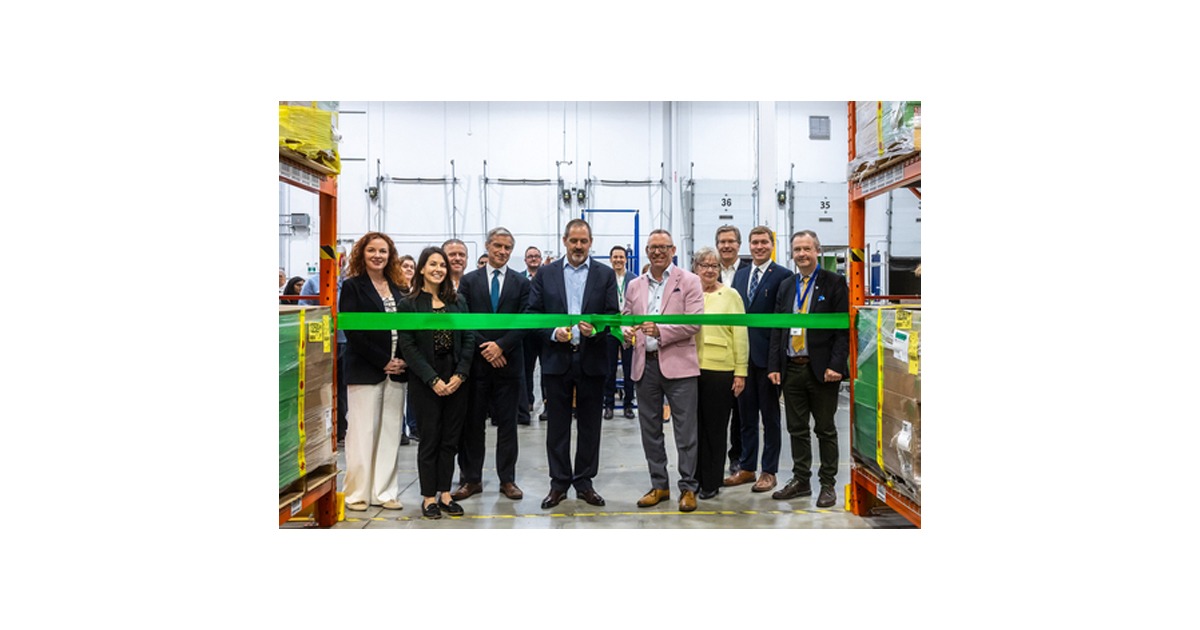Wholesale Sales Rise 0.3% in July
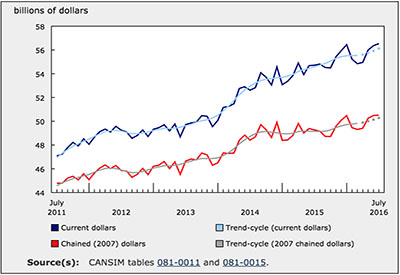
October 3, 2016
The value of wholesale sales rose 0.3% to $56.5 billion in July, a fourth consecutive monthly gain.
Increases occurred in five of seven subsectors, representing 72% of total wholesale sales. Three of the four industries in the subsector contributed to the increase, led by the construction, forestry, mining, and industrial machinery, equipment and supplies industry (+2.6%).
In the machinery, equipment and supplies subsector, sales rose 0.6% to $11.2 billion in July, the highest level since January 2016. In volume terms, wholesale sales were unchanged in July.
The motor vehicle and parts subsector recorded the largest increase in dollar terms, up 2.0% to $11.1 billion. This was the subsector’s fourth consecutive monthly gain. Sales in the motor vehicle industry (+3.0%) rose to a record high, and accounted for most of the advance in the subsector. Excluding this subsector, wholesale sales were down 0.1% in July.
Sales in the food, beverage and tobacco subsector rose 1.2% to $11.0 billion in July. While sales increased in all of the subsector’s industries, the food industry (+1.3%) contributed the most to the gain.
Following two consecutive declines, sales in the miscellaneous subsector rose 0.9% to $7.0 billion, led by the agricultural supplies industry (+3.9%).
Following five consecutive increases, the personal and household goods subsector was down 2.0% to $8.1 billion. Declines in the pharmaceuticals and pharmacy supplies industry (-3.5%) accounted for most of the sales decrease. Imports and exports of pharmaceutical and medicinal products were also lower in July.
In the building material and supplies subsector, sales were down 2.0% to $7.4 billion, their first decline in three months. While all industries posted lower sales, the lumber, millwork, hardware and other building supplies industry led the decrease. Housing starts and housing under construction were also down in July.
Higher sales in six provinces
In July, sales increased in six provinces, led by Ontario and Quebec.
Sales in Ontario rose 0.6% to $29.1 billion in July, their highest level on record. Gains were led by the motor vehicle and parts subsector and the machinery, equipment and supplies subsector.
Quebec recorded the second largest increase in dollar terms, with sales up 1.1% to $10.5 billion. Higher sales were recorded in the food, beverage and tobacco subsector.
In Saskatchewan, sales rose 4.0% to $2.0 billion in July. Gains in the miscellaneous subsector and the farm product subsector more than offset declines in the other subsectors.
The machinery, equipment and supplies subsector and the motor vehicle and parts subsector led the gain in Nova Scotia, where sales rose 1.3% to $761 million.
Sales in Newfoundland and Labrador increased 2.1% to $414 million in July, offsetting the 2.1% decline recorded in June. The miscellaneous subsector contributed the most to the gain.
In Alberta, sales declined for the third time in four months, down 2.5% to $6.1 billion. The decrease was led by lower sales in the machinery, equipment and supplies subsector.
Lower sales in the food, beverage and tobacco subsector contributed to a 4.5% decrease in sales in New Brunswick, while the miscellaneous subsector led the 1.3% decline in Manitoba. This was the second consecutive decrease for both provinces.
Following three consecutive monthly gains, sales in British Columbia declined 0.2% to $5.6 billion. The miscellaneous subsector and the building material and supplies subsector contributed the most to the decrease. Residential building permits in the province were down in July.
Inventories are unchanged
Wholesale inventories were unchanged at $71.8 billion in July. Lower inventories in four subsectors, representing 57% of wholesale inventories, were offset by higher inventories in the other subsectors.
Chart 2: Inventories are unchanged
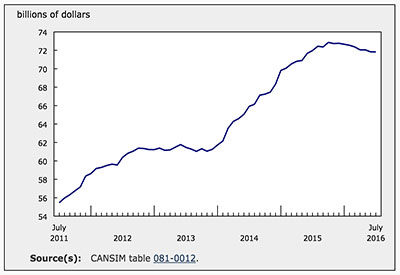
The miscellaneous subsector posted the largest decrease in dollar terms in July, down 1.8%, while inventories were down 0.2% in the machinery, equipment and supplies subsector. Inventories in both subsectors recorded their fifth consecutive decline and were at their lowest level since December 2014.
The building material and supplies subsector (-0.1%) declined for the sixth time in seven months.
Inventories rose for the fourth consecutive month in the motor vehicle and parts subsector (+1.8%), reaching their highest level on record.
The food, beverage and tobacco subsector rose 0.2%, its seventh increase in nine months, while the personal and household goods subsector was up 0.1%, its third gain in five months.
The inventory-to-sales ratio was unchanged at 1.27 in July. This ratio is a measure of the time in months required to exhaust inventories if sales were to remain at their current level.
Source: Statistics Canada, http://www.statcan.gc.ca/daily-quotidien/160921/dq160921a-eng.htm.

